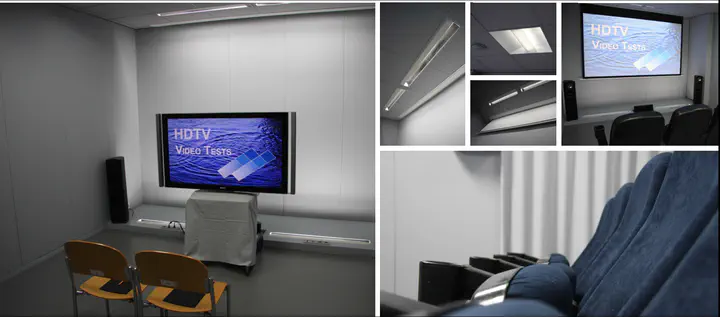Visual Quality Assessment & QoE

Quality of Experience (QoE) describes the overall experience of a user consuming/experiencing stimuli or as defined by Qualinet “the degree of delight or annoyance of the user of an application or service. It results from the fulfilment of his or her expectations with respect to the utility and/or enjoyment of the application or service in the light of the users’ personality and current state”. QoE is commonly assessed using standardised subjective testing methodologies.
Even though there is some discussion in how far theses existing methodologies allow for QoE assessment, the use of standardised subjective testing methods is still the usual approach to assess the QoE. In my contributions, I examined aspects of subjective testing methods and their influence on the testing results, in particular if the proscribed testing environments in the standards are necessary. Moreover, I contributed to the Qualinet QoE definition and created the TUM data sets for use in the research on video quality metrics.
Key publications: